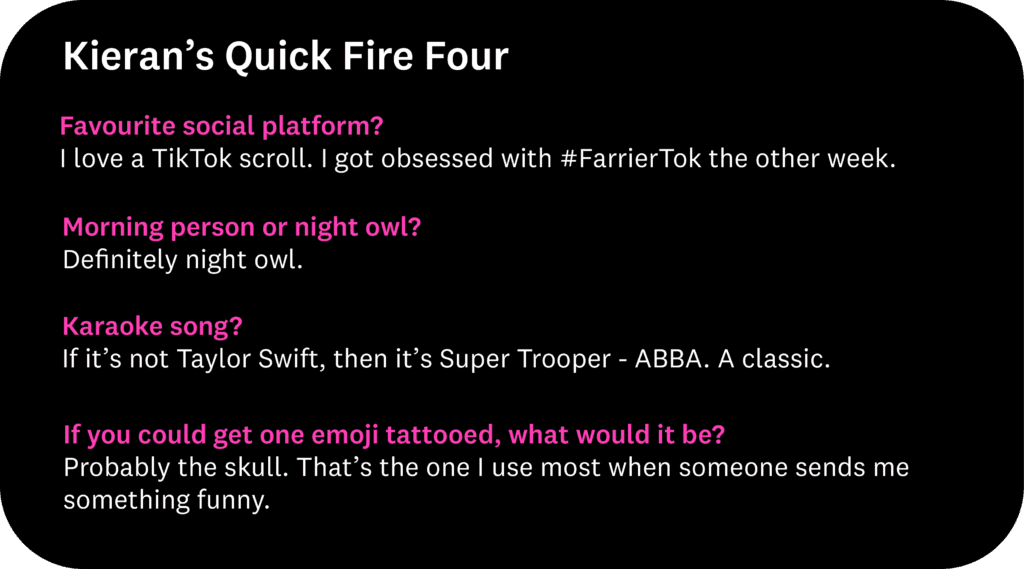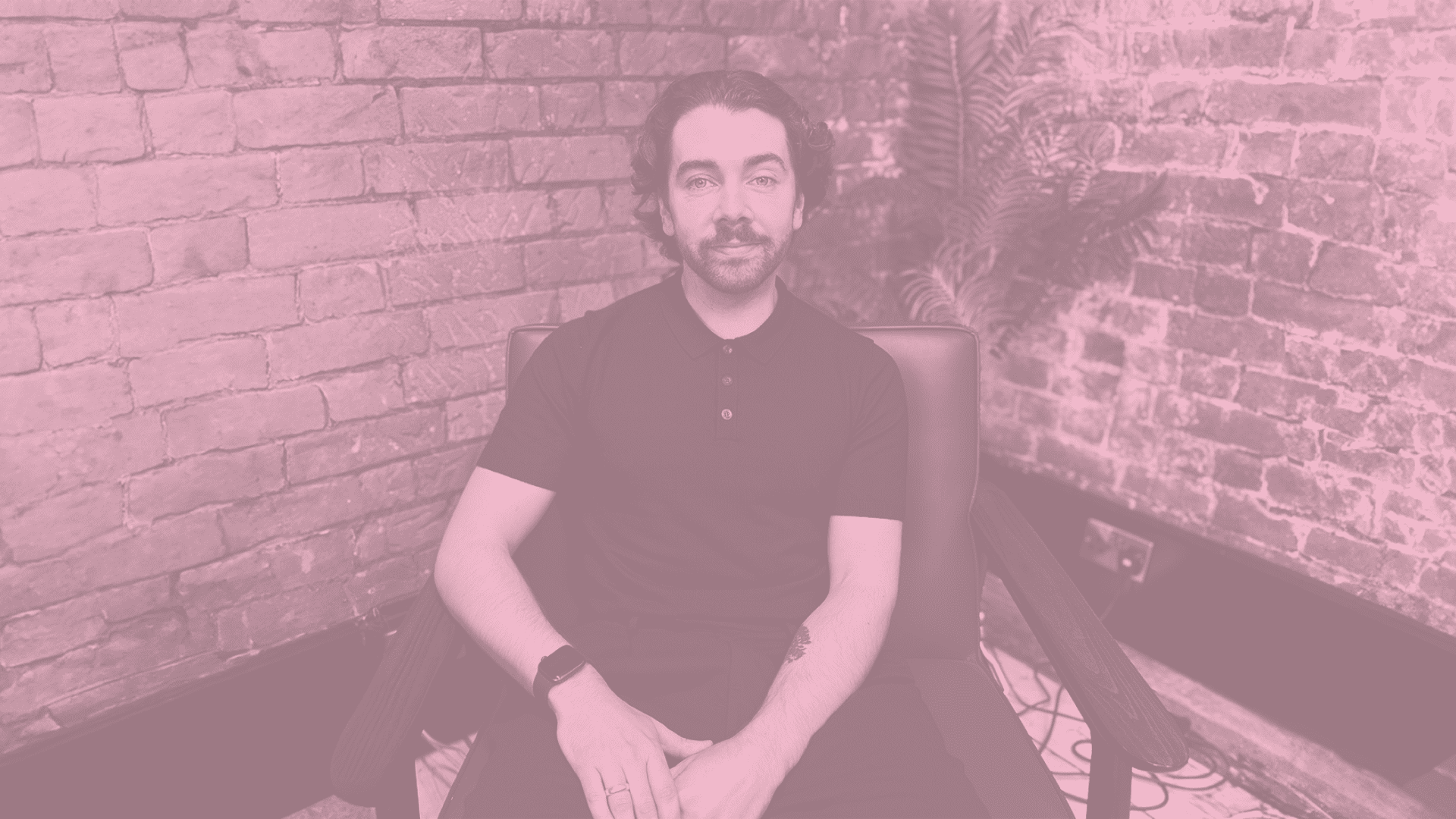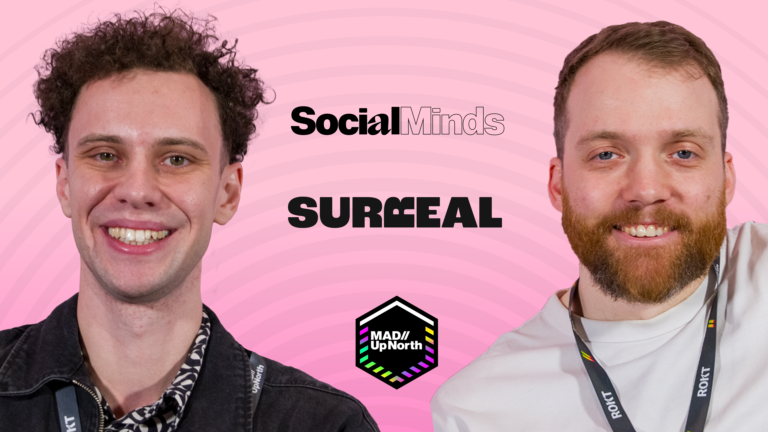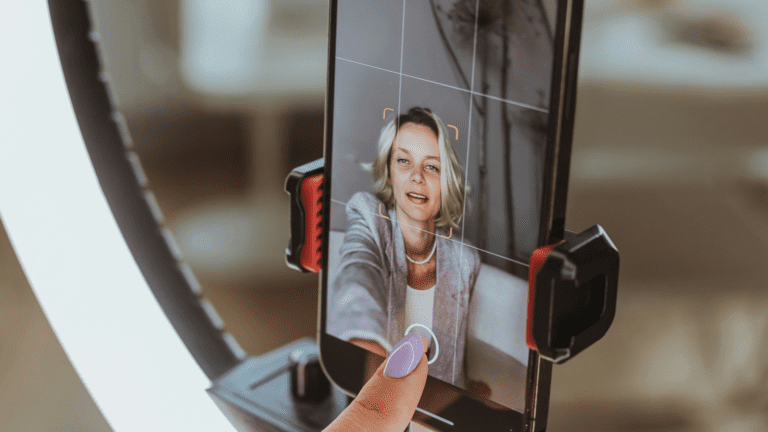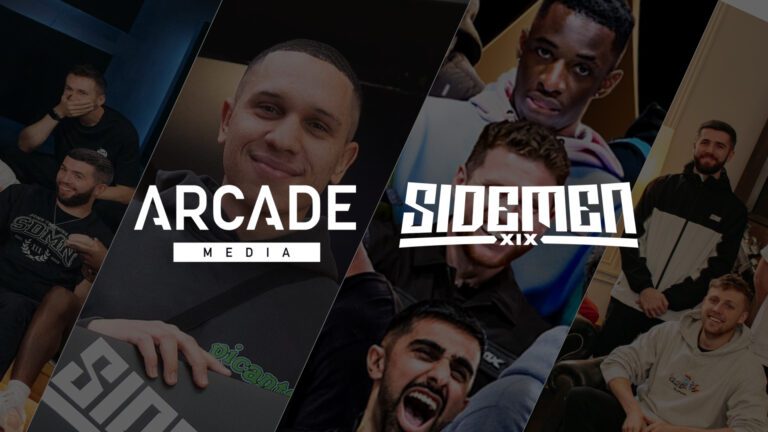The Linkup: Kieran Hughes
Our strategist Kieran Hughes joined SocialChain in December 2023. In a short space of time, he’s made a huge impact – becoming the strategic genius behind our work with big brands like LinkedIn UK, the British Army and Holland & Barrett.
The only thing more impressive than the rapport Kieran has with our clients is the support he shows his teammates. He’s the first to offer help and the last to leave the office kitchen in the midst of a chat. In the third instalment of The Linkup, Kieran joins me for an office chat of a slightly different kind. Find out SocialChain’s unique approach to tackling a brief, why strategy is a creative art, and Kieran’s biggest tip for brands on social.
Hi Kieran! Your background intrigues me, given that you started out as a photographer and you’re now our strategist. How did that happen?
I’ve always been drawn to photography. I studied commercial photography at the Arts University in Bournemouth and that led me on to becoming a fashion photographer. But I quickly realised what suited me most was art direction.
Making the leap into strategy was really a natural extension of that. Art direction is basically helping a brand tell a story through photography, creative, makeup and styling. As a strategist, I still do that, but the rules are slightly different.
Go on…
People associate strategy with measurement and results. And that’s part of my work, but I wouldn’t live and die by the numbers. What I do for brands is take what their customer base is looking for and what kind of spaces they have the authority to play in, and figure out how they communicate that brand story in a way that’s going to resonate with their audience, including what the creative will look like and the platforms we need to consider.
And what does your day-to-day look like at SocialChain?
Honestly it varies every day! I could be having conversations with one client in the morning on our long-term strategy recommendations, and then in the afternoon be reporting on the past month’s performance for another client or looking at short-term insights to recommend for the next two weeks.
Our clients have to deal with a lot of complex decision-making and my job as a strategist is to support them by making the complex simple.
That in itself is tricky, but if you do it well, you set out a clear roadmap which helps clients achieve whatever success looks like for them. Within that we have parameters and best practise based on our data and insights, and that gives us a steer on reactivity, for example.
If a client presents us with a reactive idea and it supports their content pillars and adds value, then great, but we won’t jump on the bandwagon for the sake of it because that doesn’t always work. You just have to be mindful of where you play and how.
We hear a lot from brands like Oatly and Surreal that brands tend to overstrategise at the expense of innovative creative ideas. What do you think about that?
When people say strategy and creative work in silo, I’m inclined to disagree. Strategy is a creative art. If it wasn’t, I’d be a data analyst.
Can you tell me more about how you tackle a brief from a strategy point of view?
At SocialChain we have a three-step approach to any client offering which is: listen, connect and learn. From a strategy perspective, ‘listen’ means being our clients’ experts in their field. We immerse ourselves in the nuances and conversations happening in that sector. We’ll do audits and conduct research and social listening to identify areas of opportunity and find out what your customers are looking for.
Then we move to the second stage – ‘connect’. At SocialChain we believe in putting people over platforms, and ‘connect’ is a big part of that.
The final part is ‘learn’, which is all about optimisation. We’re always testing to make sure the right discussion topics are front-of-mind for our clients’ audiences. That means we can continually see what’s performing best, learnings from low-performing content, and how we can deliver work that meets its intended purpose and has the required outcome that the business is looking for.
What’s your biggest piece of advice for brands on social?
Put your stake in the ground and stand for something. Younger generations especially are holding brands more accountable. If you say that you’re interested in sustainability, cool, but what are you doing to support that? Otherwise, don’t say it.
And if I asked you to name a brand that does this well?
Patagonia has always been a pioneer in that respect. The brand has strong but simple values that they execute consistently, and they hold themselves accountable across all fronts. They treat people with respect and kindness, no matter if they’re working for the brand, with the brand or shopping at the brand.
Those core values can get lost in the noise of running a business, but they’re crucial in terms of understanding why you started, what you’re there to achieve and how you’re connecting to your audience in a meaningful way as opposed to just selling a product.
What’s something you’re passionate about that people you work with don’t know about you?
The pandemic was hard on our mental health, especially in the creative sector. Being a creative is great, but it’s difficult to constantly take knockbacks about your ideas or direction. I started working with a charity called Give Us A Shout in 2020. It’s a mental health support service freely available 24/7 for people who prefer to speak via text rather than a phone call.
We’ve come a long way from where we were five or 10 years ago, but these conversations can still be difficult, so being able to send a text removes that barrier and allows people to get the support they need.
What’s the best thing about working at SocialChain?
Probably the variety. Our clients are diverse and as such their social strategies work very differently, but just as hard depending on the circumstances.
For example we work with LinkedIn UK on TikTok and we’ve been able to create some really hilarious, shareable videos about corporate life. But it’s just having that permission to be fun. That’s something we’d always encourage our clients to do – trust us, let us elevate what’s already there, and just run with it.
